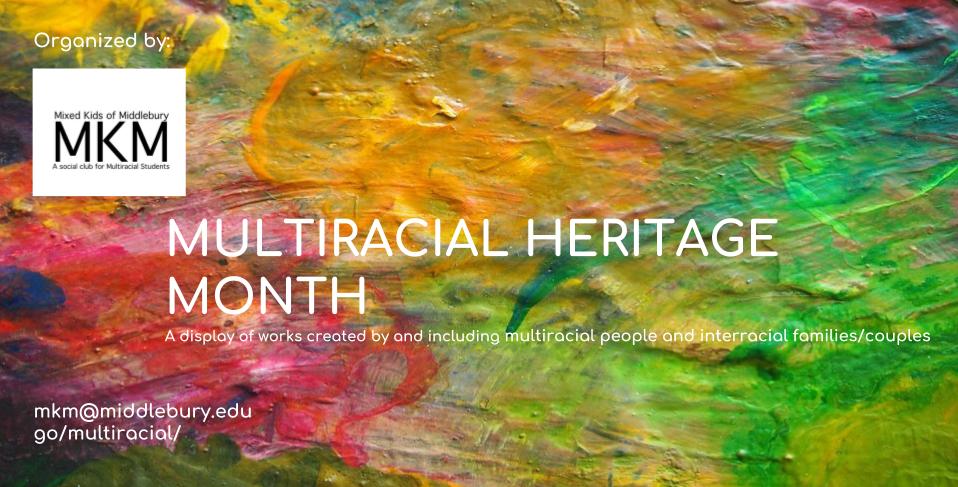
In honor of Multiracial Heritage Month, student group Mixed Kids of Middlebury (MKM) has organized a multimedia display of works created by and featuring multiracial individuals, interracial couples and interracial families. Come to the Davis Family Library atrium from Monday, April 2nd through Monday, April 9th to see it. Three students of multiracial heritage respond to questions about representation and identity below.
Participants:
- senior Rachel Nelson (RN)
- sophomore Coralie Tyler (CT)
- sophomore Reg Eva Bod (EB)
In terms of multiracial identity, how do you identify?
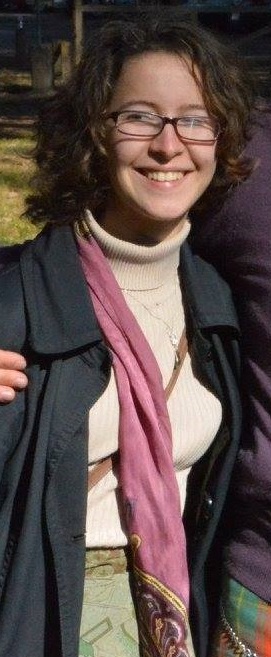
A photo of Middlebury student Rachel Nelson
RN: I’ve started identifying as “Not Black, Not White” or maybe just “Not”. Most of my life I identified as black and white.
CT: I was born in Honolulu, Hawaii. Raised between the U.S., South Korea, Malaysia and Indonesia. Ethnically, I’m Irish, Scottish and German through my dad, and I’m Afro-French, Portuguese, and Japanese through my mom. I always identified as being mixed race/multiracial.
EB: Mixed. Born in Minneapolis, Minnesota. Raised in Wisconsin and Massachusetts.
Did you have any exposure to any books/shows/movies featuring and/or reflecting multiracial individuals and their families growing up? How did you feel about them?
RN: Hm. I feel like I had access to ‘African’/’African American’ things and white people things. I don’t think I was exposed to anything involving a mixed couple/mixed people… unless it was like a novel I read on slavery and about how lighter slaves worked in the house and could occasionally read, escape easier… but yeah. Not like that was a role model for me. And I read a ton growing up.
I don’t think not having a role model affected me negatively much growing up. My dad’s biracial, and I’m the kid who literally looks half him and half my white mother.
My parents did a really good job at letting us know we were different, they were talking awhile ago about our drawings of our family and we always chose the yellow crayon for white people and tried mixing the yellow with the brown for us kids. I’m the youngest of three kids. Sometime in later middle school the fact that I was completely white passing made itself clear to me. When the ‘only white’ kids could get tanner than me, or kept their tans longer— I was really jealous actually. When I was in like, elementary school, I regularly would pick a freckle/birthmark out on my skin and wish I was that color, imagine myself like that, so I could be like my aunts.
I wish I had more exposure to multiracial identities growing up. I think it would’ve helped me understand what being white-passing means and given me more strength in dealing with that and who I am.

Founder and president of Mixed Kids of Middlebury Coralie Tyler
CT: I don’t actively recall recognizing prominent characters like me (whether it’s similar to my background or not) in TV shows and films although I would now be able to pinpoint several examples from my childhood. I am definitely more aware of mixed race families and individuals whenever I partake in media these days.
My parents always pointed out actors, athletes, musicians and other famous figures that are mixed race. Mariah Carey, Alicia Keys, Kimora Lee Simmons are ones that I recall being in awe of as they were like me. As a family, we still like to causally point out mixed people in the media to each other. My brother does it a lot with athletes and musicians while I tend to do it more with movies, TV shows and fashion since that’s my niche.
My parents also made it a point to expose us to multiracial kids and their families (regardless of the mixture), introduce us to their multiracial adult friends and surround us with people with who saw us as mixed race.
That definitely played a huge part in being confident and proud of our heritages and uniqueness for my brother and me.

Middlebury College sophomore Eva Bod
EB: When I was little, I had a cloth doll named Babette. My hair was blonde like her yarn hair, but my nose was round and I wanted it to be like hers. I waited until I was 11 to see a black Disney princess. My lips were full like Tiana’s (from The Princess and the Frog), but my color didn’t match her beautiful skin. It wasn’t until I found Jidenna, a rapper/singer/songwriter, that I learned about mixed excellence. He found power in fashion, and I found power in his voice. For those unfamiliar with him: Jidenna grew up in Wisconsin and Massachusetts (like me) and spends his time curating his signature style, marrying European and West African aesthetics. Our parents taught us “how to make a silver spoon out of plastic” in an environment that uses binaries against us. In his words, “well done’s better than well said” (a lyric from Jidenna’s “Long Live the Chief“).
What do you wish people understood more about multiracial identities?
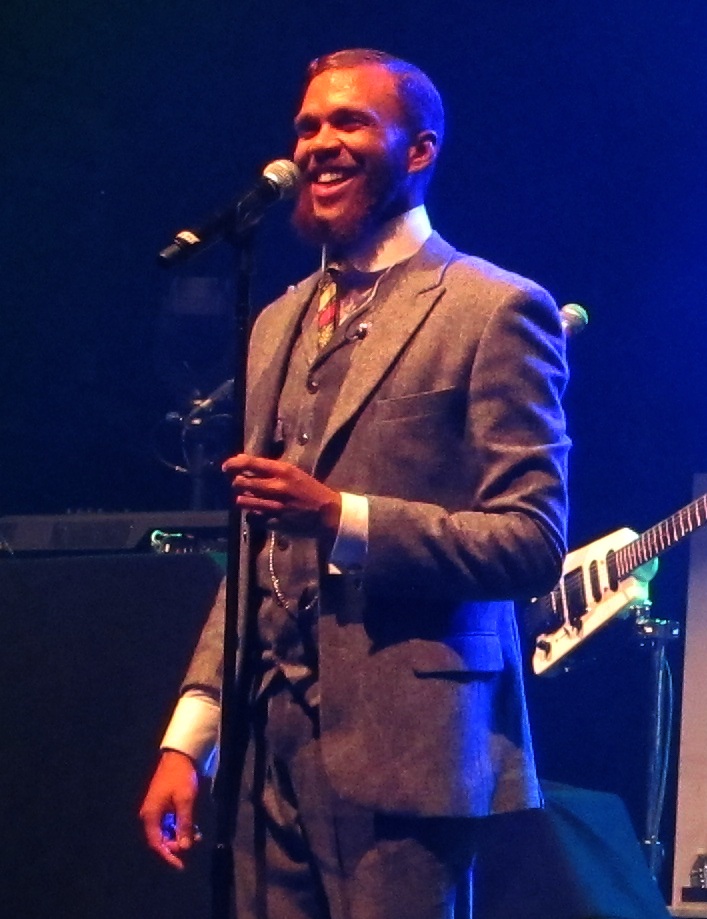
A photo of musical artist Jidenna
EB: I wish people understood non-binary racial identity. I am not a chameleon, becoming “white” or “black” depending on my surroundings. I am European, Island Carib, Asian, and African. Just because my father is not African American, doesn’t mean he’s ignorant to the black experience in America. He is black and he has been discriminated against, too. Blackness is not always binary.
Some white people will see me as white, and some POCs (people of color) will see me as black. I am neither, I am both.
RN: I’m invisible. In all settings.
I heard a girl at the Loving Day* celebration (a court case that has twice enabled me to exist legally) standing right behind me complaining about all the white people there, and I was there with my white-passing friend and his white girlfriend and I just turned around and was like, “Hi, we’re not white, we’re just white-passing,” and my friend waved. I didn’t want to deal with it beyond that, so I turned around. And I understand this skin tone gives me so much privilege, but like everyone, I didn’t ask for it, and I didn’t want it.
I don’t usually remember specific instances of white people being racist. Probably because I avoid those people and haven’t worked in really conservative and rural areas. Or maybe because I swallow it down.
I feel like whenever we talk about race, I have to ‘come-out’ about it. That gives me a lot of anxiety because I don’t feel like I have a claim to say that I am either of these two races. It’s probably why I’m identifying as ‘Not’ now.
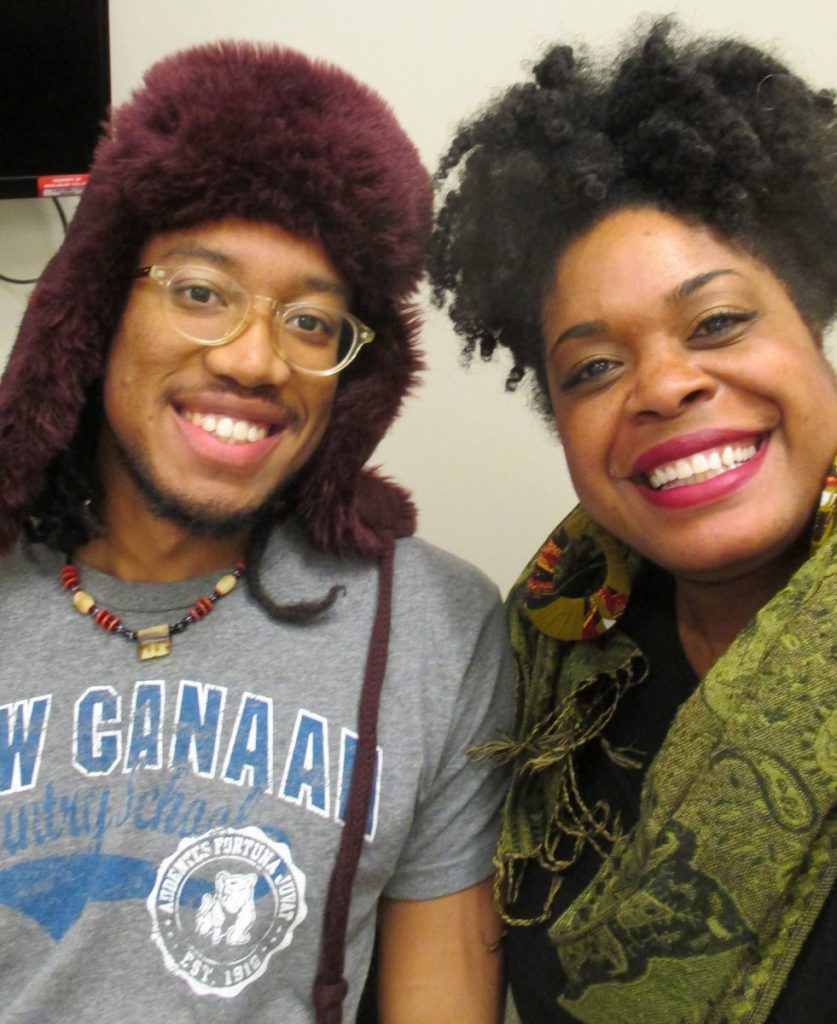
Middlebury junior Pele Voncujovi and Literatures & Cultures Librarian Katrina Spencer contribute to the In Your Own Words oral histories project. Pele is of multiracial heritage, having one parent who Ghanaian and another who is Japanese. Listen in to hear his thoughts.
CT: That being multiracial is being intersectional 24/7. Being mixed race means that you have multiple backgrounds, cultures, belief systems and histories within you. You find yourself looking at things in multiple ways that helps you find a perspective that people may not necessarily discover. I am unable to look at things from one “side” without having to reconcile it with the others. By the time you combine that with your gender, sexuality, upbringing, nationality, etc., you realize that the way you see things is entirely different and that not everyone would get that. I think it’s the most beautiful part of being mixed.
Are there any sources (books, magazines, movies, shows, music) you would recommend to learn more about multiracial heritage and multiracial families/ the historical and cultural contributions of multiracial individuals?
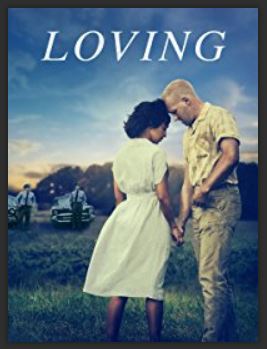
Loving is a biopic that follows the lives of an interracial couple who chose to be together when the law would not allow it. It can be borrowed from the Davis Family Library.
CT: Loving, which is a film based off of the Loving v. Virginia case back in 1967. Although the case isn’t very well known, it was responsible for the legalization of interracial marriage and paved the way for same-sex marriage rights later on.
Once in a while, I read and re-read this article Meghan Markle wrote for Elle Magazine back when she was still an actress titled, “I’m More Than An Other.” She talks about her sense of identity and how her upbringing as a mixed race child impacted her sense of self, career and so on. As she has been recently catapulted into the world’s public sphere as the newest member of the British Royal Family, it’s amazing to see such a person unapologetically self-identify as multiracial, which plays a huge role in representation and awareness for mixed race individuals around the world in this era.
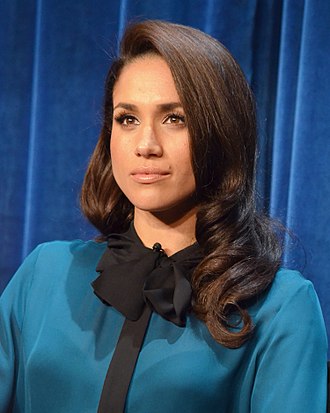
Meghan Markle is an American actress who is currently engaged to Prince Harry of Wales. She is biracial, having one parent who is African American and another who is Caucasian American.
EB: If you’d like a statement for allies asking to be taught about race, read: “When You Walk Into the Valley” by John Metta, a writer on Medium.
*Loving Day (June 12) is the date that commemorates the Loving v. Virginia case that lifted the ban on interracial marriages throughout the United States back in 1967. Today, it is celebrated by multiracial families and individuals around the world.
To see an exhaustive list of the materials included in the Davis Family Library’s atrium display, visit this spreadsheet.